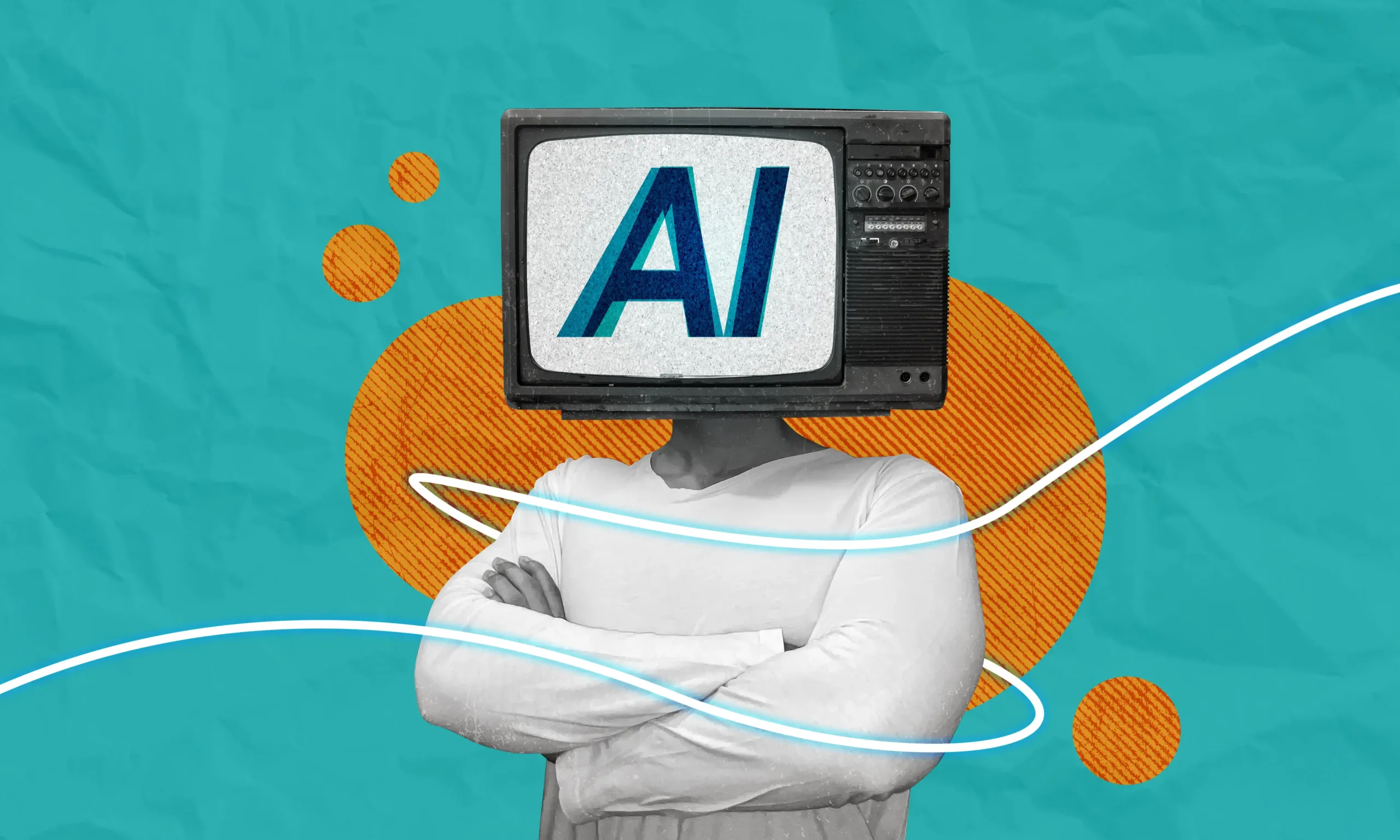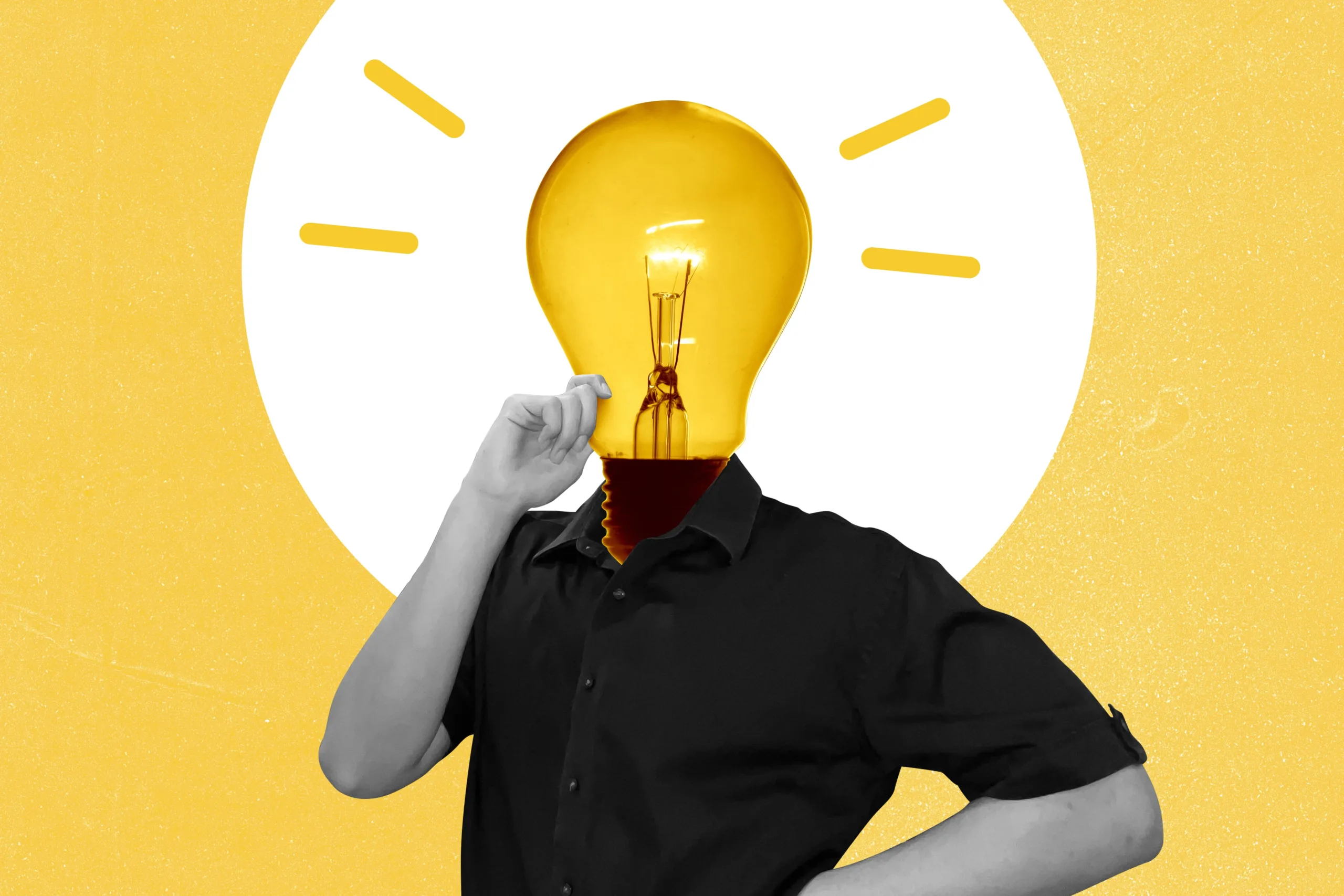From SEO to AEO, GEO & AIO: What every marketer needs to know.

For decades, “visibility online” meant ranking on search engines via keywords, links and technical optimisation. But the rise of generative AI and answer-engine tools is rewriting the rules, changing how people discover information.
You may have already heard of the terms AEO, GEO and AIO and wonder: aren’t they all the same?
Well, they are not.
Each one plays a distinct role in how your brand is understood, surfaces and is trusted by AI-driven systems.
Understanding the difference is now crucial, going forward. Because if you’re still optimising only for traditional SEO, you’re already a step behind.
In this article, we’ll discuss:
- The definition of each framework
- The advantages and disadvantages of each one
- How to combine AEO, GEO and AIO in practice
- How Rouge can help you adapt to these changes
The definition of each framework.
What is AEO (Answer Engine Optimisation)?
Answer Engine Optimisation focuses on structuring your content so that answer engines (e.g., chatbots, voice assistants, AI summaries) can extract, reference and deliver it directly in response to user queries. It requires you to think of your content not just as web pages, but as discrete answers: clean headings, question-and-answer formats, clear language, and direct brand mentions when relevant.
Forbes explains that AEO is about structuring your content so large language models can understand, reference and recommend your brand when users ask questions. This means shifting the focus from search visibility to answer authority.
The goal is being the answer, not just one of the results.
Advantages:
- Increases your chance of being cited as the answer, boosting visibility in voice/ assistant/ zero-click scenarios.
- Good for queries where users want a definitive answer quickly (e.g., voice search, mobile assistants).
Disadvantages:
- Content must be very concise, clear and often limited in depth.
- High competition for “best answer” spots, so incremental gains might be small.
What is GEO (Generative Engine Optimisation)?
Generative Engine Optimisation focuses on helping your content become a trusted source for generative AI tools, such as ChatGPT, Google’s AI Overviews, or Perplexity, that combine information from multiple sources into their answers. Rather than ranking in a list of search results, GEO is about being cited or referenced within AI-generated responses.
It requires creating authoritative, well-structured content backed by expertise, data, and credible citations. The stronger and clearer your signals of authority, the more likely AI systems are to bring forward your brand as part of their generated answers.
Research from Backlinko highlights that brands focusing on GEO have seen significant increases in AI-generated mentions and traffic. Backlinko, themselves have seen an increase of 800% year-over-year in referrals from LLMs. Similarly, Semrush predicts that by 2027, traffic driven by LLMs will surpass Google search. This highlights just how quickly generative AI is reshaping digital visibility.
The goal is not just to appear in AI summaries, but to become a trusted source that generative AI tools rely on.
Advantages:
- Builds brand authority by positioning your site as a reliable source for AI-generated answers.
- Rewards depth, originality, and expertise over surface-level optimisation.
- Strengthens long-term visibility as generative search expands.
Disadvantages:
- Requires strong authority, credible citations, and consistent content quality.
- Success is gradual, often reflecting reputation more than short-term optimisation.
What is AIO (AI Optimisation)?
AI Optimisation is the foundation of AI-driven visibility. It focuses on making your content machine-readable, structured, and credible so that AI systems, from search engines to chatbots, can interpret and highlight it. Unlike traditional SEO, which centres on ranking signals, AIO is about clarity, structure, and trust.
Recent research from Semrush highlights how AI-driven search is reshaping visibility, noting that brands now need to optimise for both keyword performance and AI-prompt results to remain competitive.
In short, AIO connects SEO and AI discoverability, building a foundation that ensures your brand is found, referenced, and trusted across both traditional and generative search.
Advantages:
- Builds a flexible, future-ready foundation for visibility across AI and search.
- Makes your content easier for AI models to interpret, improving reach and credibility.
- Supports both AEO and GEO strategies simultaneously.
Disadvantages:
- Broad and complex, “optimising for AI” can feel abstract without a clear plan.
- Requires consistent investment in content structure, metadata, and site architecture.
- May take time to see measurable ROI, as AIO strengthens visibility long-term.

How to combine AEO, GEO and AIO in practice.
The truth is, AEO, GEO and AIO don’t compete, they complement each other. AEO ensures your brand gives clear, structured answers. GEO builds authority so AI cites you as a credible source. AIO underpins both, making your content readable, trustworthy and future-proof.
In practice, this means:
- Structuring your content to be organised clearly, apply metadata, and keep it semantically rich.
- Focusing on authority by publishing credible, well-researched content that will gain you citations naturally.
- Optimising for answers by anticipating users’ questions and phrase content to be conversational.
Combined, these create a complete visibility framework that keeps your brand discoverable, just in search engines but in AI-driven tools people use every day.
How Rouge can help you adapt to these changes.
At Rouge, we help you navigate this new way of being discovered. Our sites are built from the ground up to be AIO-ready, AEO-smart, and GEO-credible.
So if you’re unsure where to start or how to adapt your content for AI-driven discovery, let’s have a chat and get in touch here.
Final thoughts.
The shift from traditional SEO to AEO, GEO and AIO isn’t a gimmick; it’s a reflection of how people now discover content. AI-powered engines don’t just list links, they summarise, recommend and cite. The brands that win will be those that both humans and machines can understand.




